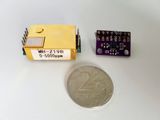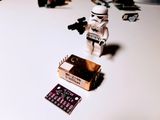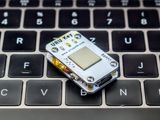Latest news, URU Key project status and new project
It’s been a while since the last URU Key update, but the project’s still alive and kicking! Chrome dropped BLE support (ouch), but Windows still plays nice. Plus, I got official docs from Fingerprint Cards (🎉), and even tested URU Key with Windows Hello. Oh—and a new open-source project is coming soon!







